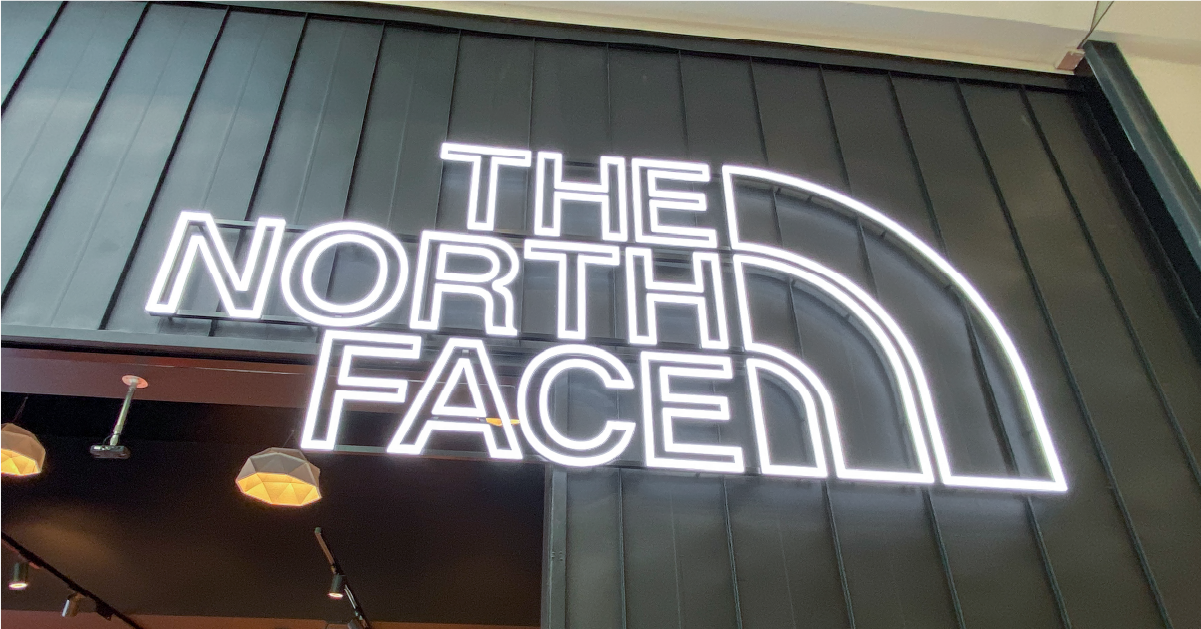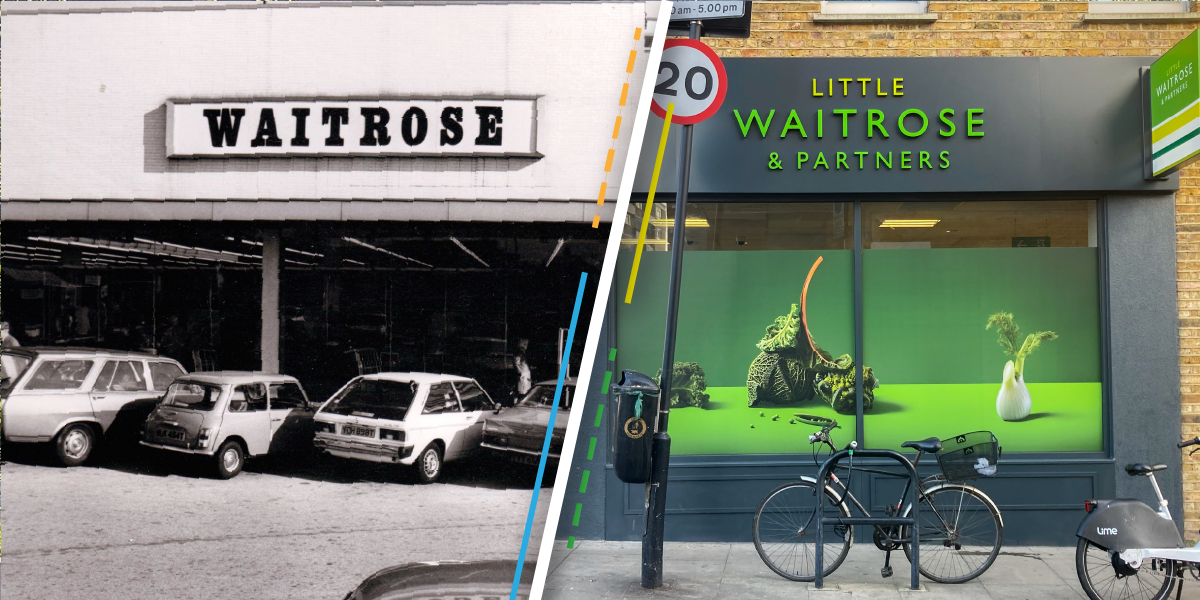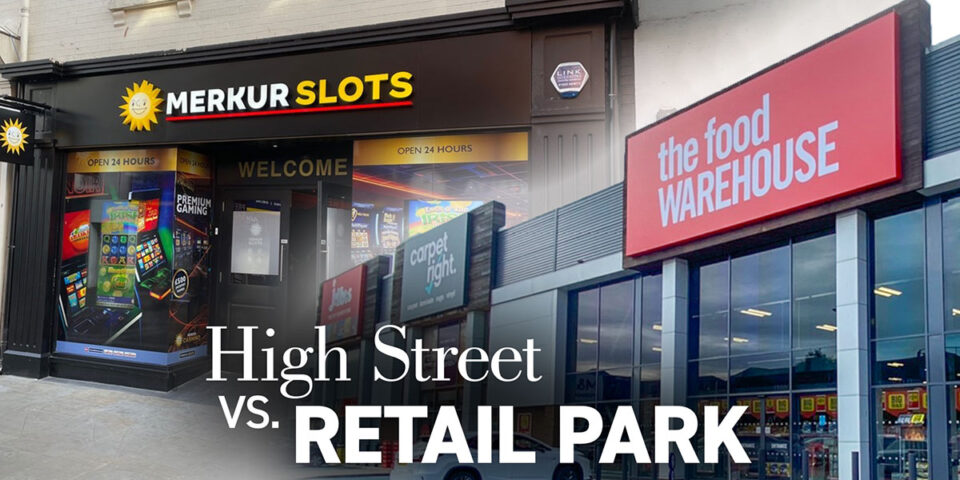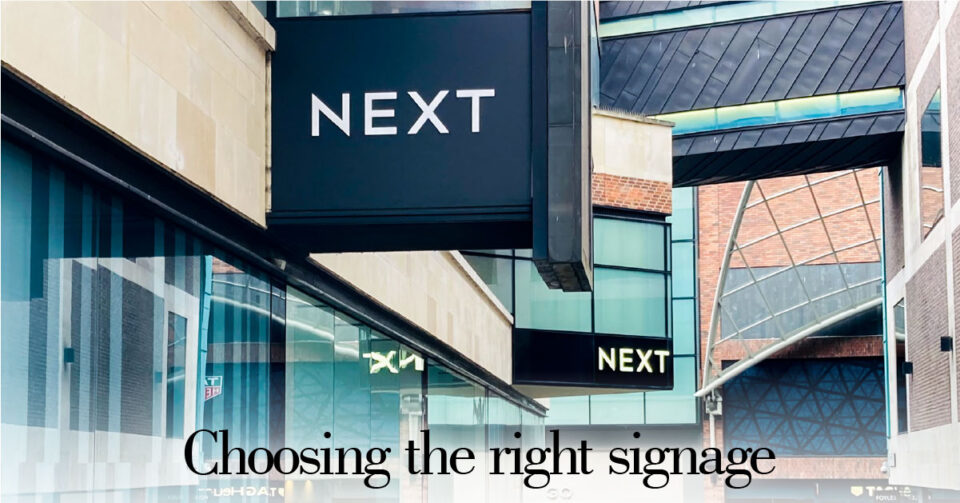In the fast-paced world of design, the last four decades have witnessed remarkable transformations, both technologically and culturally. For UK-based signage companies, these changes have not only shaped the way they create visual communication but also redefined the very essence of design. In this blog post, we will delve into the evolution of design processes, exploring the impact of technological advancements and cultural shifts on the dynamic landscape of signage design.
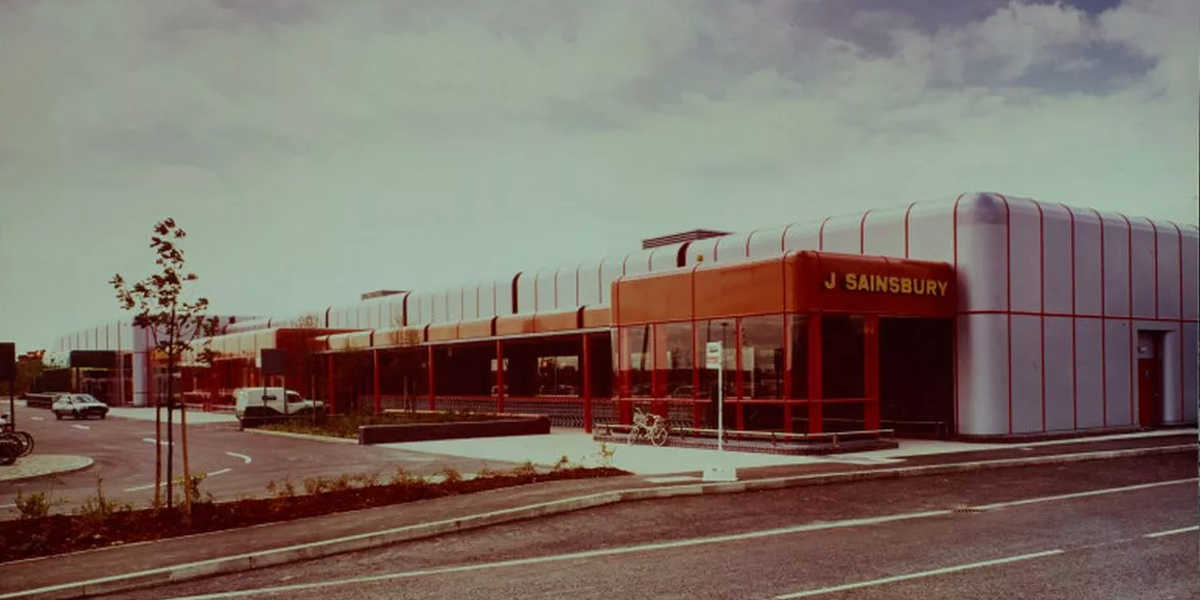
Sainsbury’s in Hull as it looked in the 1980s
The Era of Handcrafted Signage (1980s):
In the 1980s, signage design was predominantly a manual and artisanal process. Skilled craftsmen meticulously created signs using traditional techniques such as hand painting, carving, and lettering. Each sign was a unique piece of art, reflecting the craftsmanship and attention to detail of the artisans involved. However, this approach had limitations in terms of scalability, consistency, and speed, especially as demand for signage increased.
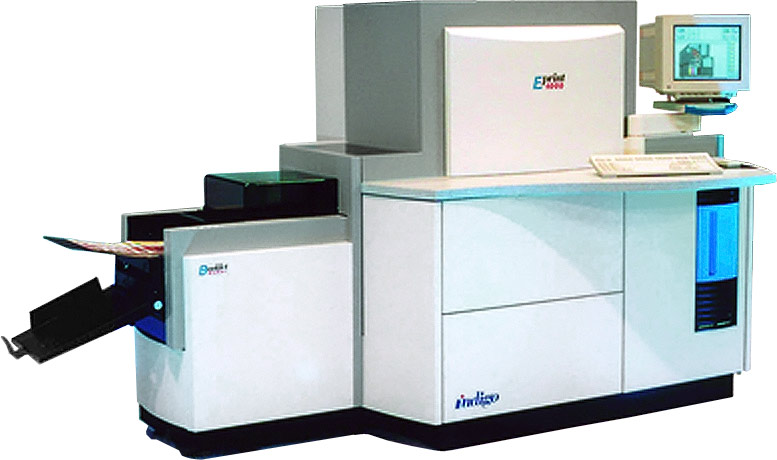
Indigo E-Print 1000: First commercially viable liquid toner colour press (1993).
Digital Printing Technology (1990s):
Advancements in digital printing technology emerged during the 1990s. This phase marked the shift from traditional screen printing to digital printing techniques. Digital printing offered unparalleled flexibility in terms of materials, colours, and intricacy of designs. It allowed for the mass production of signs with consistent quality, enabling signage companies to meet the increasing demand in a cost-effective manner.
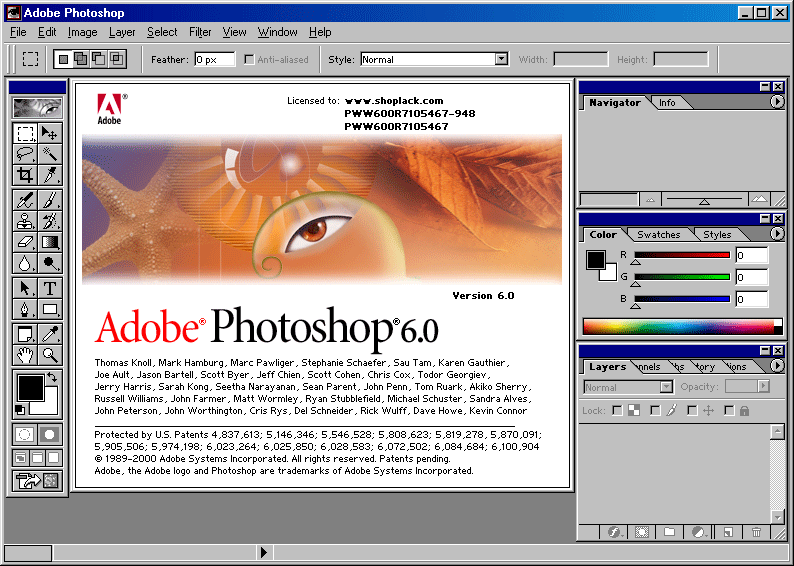
Adobe Photoshop 6.0 (2000)
Design Freedom and Customization (Late 1990s – Early 2000s):
The late 1990s and early 2000s saw designers embracing the newfound freedom afforded by digital tools. Customization became a key focus as digital design allowed for more intricate and personalized signage solutions. Fonts, graphics, and images could be manipulated with ease, empowering designers to create visually striking and unique signage that resonated with clients and their target audiences.
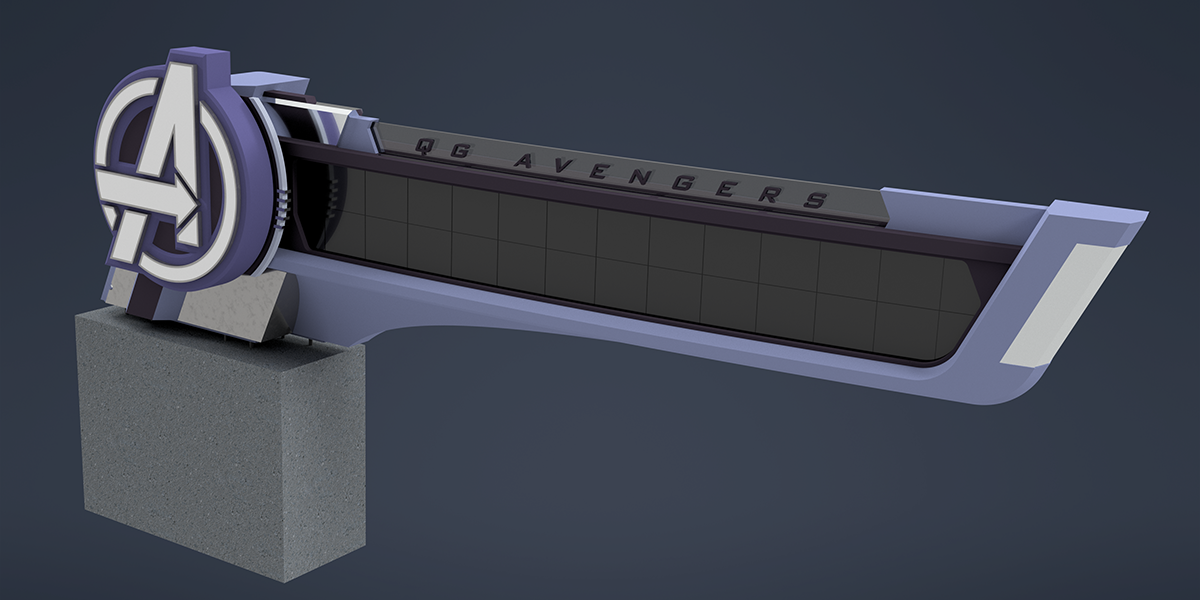
3D Digital Model Render of a complex architectural and digital sign
Transition to 3D and Dynamic Designs (2010s – 2020s):
With the maturation of digital design tools, signage entered a phase of three-dimensional and dynamic expressions. Designers started incorporating innovative concepts, such as LED displays, dynamic lighting effects, and motion graphics. This shift from static to dynamic signage was a response to the evolving expectations of a tech-savvy and visually oriented audience.

A combination of digital and traditional signage
Current Landscape: Integrating Traditional and Digital:
Today, the design process in signage is a fusion of traditional craftsmanship and cutting-edge digital technologies. While handcrafted elements and artisanal techniques are still valued for certain projects, digital tools continue to play a pivotal role in enhancing efficiency, precision, and creative possibilities. The seamless integration of both approaches allows signage companies in the UK to offer a diverse range of solutions, catering to a broad spectrum of client preferences and project requirements.
Conclusion
The design process for UK-based signage companies has undergone a remarkable evolution over the last 40 years, driven by advancements in technology and cultural shifts. From handcrafted signs to interactive digital experiences, the journey reflects not only the progress of design tools and techniques but also the changing expectations and values of society. As we look towards the future, the intersection of design, technology, and culture will continue to shape the visual language of signage, creating a vibrant and ever-evolving landscape for the UK’s signage industry.
In summary, the journey from handcrafted to digital signage design has been a transformative one, marked by technological leaps and a continual quest for creative expression. This evolution not only highlights the adaptability of the signage industry but also showcases its ability to blend tradition with innovation in the pursuit of effective visual communication.
